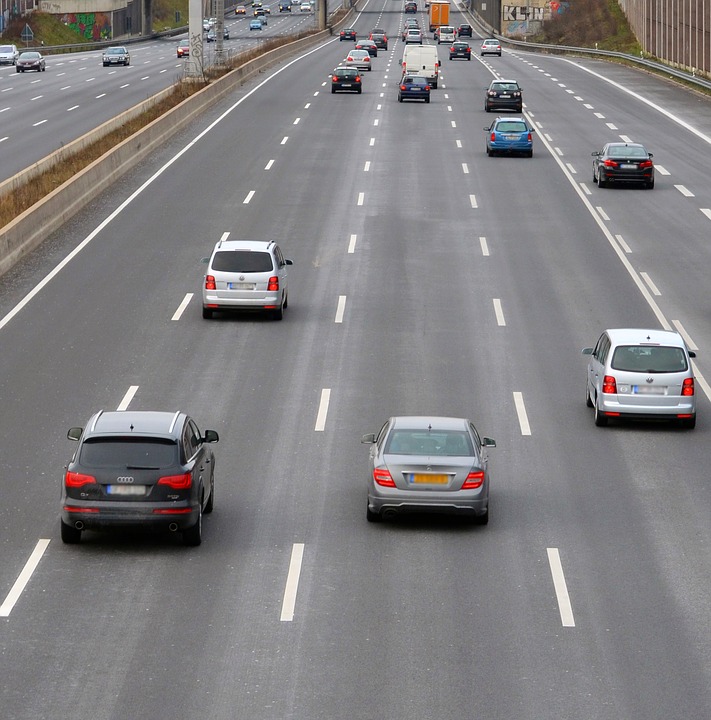 Courtesy of iii.org
Courtesy of iii.org
Anticipation that a COVID-19 vaccine – combined with social distancing, mask wearing, and other protective measures – may soon lead to increased travel revives our need to think about travel insurance.
Even before COVID-19, travel insurance purchases were on the rise, but primarily for trip cancellation coverage – the very product that wound up disappointing many who had their holiday plans disrupted by the virus. Most policies exclude pandemics or fear of travel, which made them practically useless after the outbreak.
Pandemic risk wasn’t on many travelers’ radar screens before the coronavirus struck – any more than the many common illness, injuries, or causes of death that ought to have prompted them to add medical and medical evacuation to their travel coverage. A report by the U.S. Travel Insurance Association (USTIA) last year found Americans spent nearly 41 percent more on travel insurance in 2018 than in 2016. However, trip cancellation/interruption coverage accounted for nearly 90 percent of the benefits purchased. Medical and medical evacuation accounted for just over 6 percent.
People don’t want to think about illness, injury, or death when planning a pleasure trip – still less pay for an improbable (at the time) threat like a global pandemic.
Travelers who wanted to cover all their bases could have purchased cancel for any reason (CFAR) coverage, which provides some reimbursement (usually 50 to 75 percent) if you cancel, no matter what reason. Before the pandemic, CFAR would have cost 40 to 60 percent more than a standard travel insurance policy. It may be even more expensive now.
Airlines offering COVID-19 coverage
Some airlines have begun offering COVID-19 coverage. This week, Cathay Pacific announced that it is providing free coverage to all passengers.
“Customers who fly with Cathay Pacific from Dec. 7 to Feb. 28, 2021 will be covered for medical expenses related to a COVID-19 diagnosis incurred while overseas,” Insurance Journal reports. “The free cover will be automatically applied when customers book their flights.”
Air Canada recently announced that members of its Aeroplan affinity program making eligible new bookings originating in Canada will receive COVID-19 emergency medical and quarantine insurance. Emirates introduced a similar program in July that it says is free of charge and covers all passengers flying to any destination in any aircraft. The airline recently announced that it has expanded the coverage, adding new features from December 1.
It’s not surprising to see airlines incorporating a COVID-19 “value add” to help boost bookings by an anxious public, and it will be interesting to watch this new business scheme play out. But, lest eager travelers forget, more routine risks that you probably weren’t insuring against before pandemic remain.
Falls, crashes, and drownings
“Globally, an estimated 37 million unintentional falls requiring medical treatment occur each year” write researchers in the journal Injury Epidemiology, citing 2018 World Health Organization (WHO) data. And falls aren’t the most common cause of injury and death on vacation. Research indicates the top two causes of death are automobile accidents and drownings.
Out of the one billion tourists traveling globally each year, it is estimated that 30 to 50 percent are either injured or become ill while traveling abroad.
Don’t let yourself be blindsided by hazards that can be easily avoided or mitigated. Understand the risks your travel plans may entail and insure against them appropriately.




